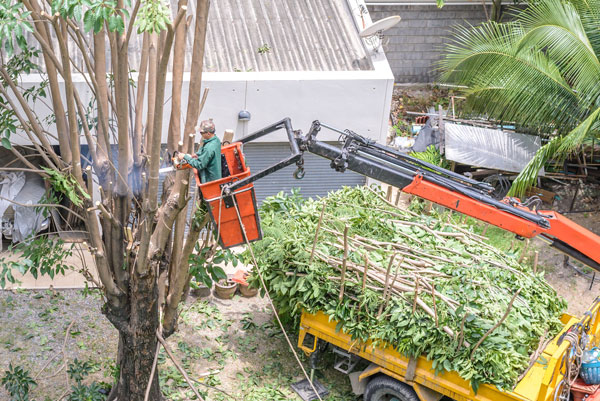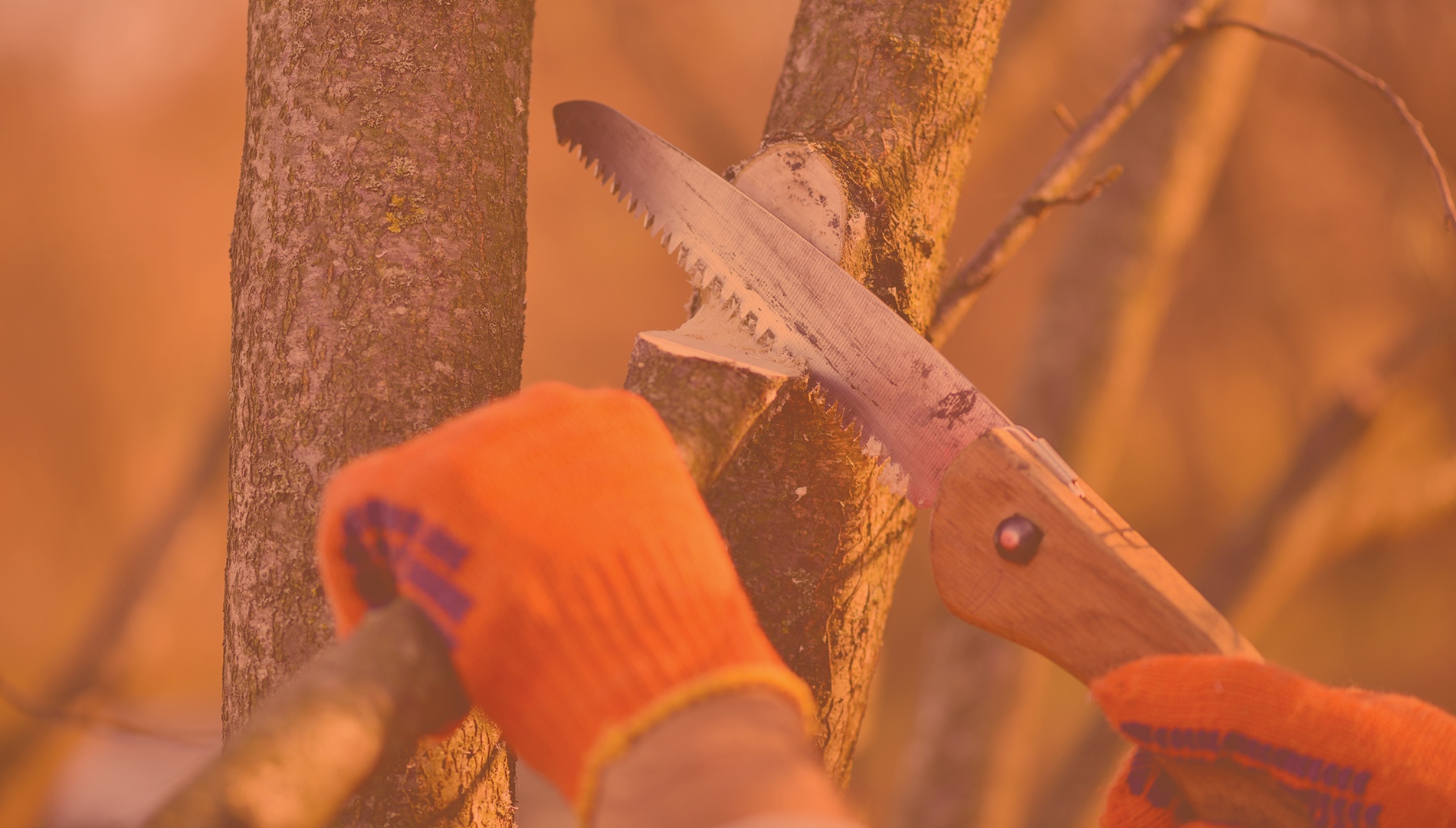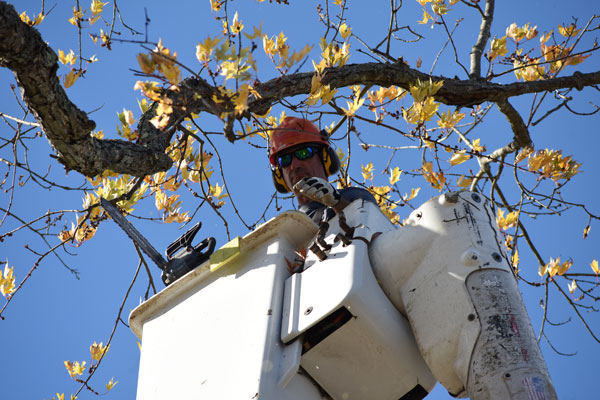Southern New Hampshire Branch Removals

Understanding Branch Removal in Tree Services
Branch Removal typically referrs to the targeted removal of specific branches rather than taking down the entire tree. This is often done for several reasons, including improving the health of the tree, ensuring safety, and enhancing the tree’s appearance. Unlike complete tree removal, branch removal is a selective process that can benefit both the tree and the surrounding area, allowing the tree to remain while addressing any problematic or unwanted growth.

Health Benefits of Branch Removal
One of the main reasons for branch removal is to maintain or improve the health of the tree. By removing dead, diseased, or damaged branches, tree specialists can prevent the spread of decay and disease to other parts of the tree. This helps the tree allocate resources more efficiently, supporting growth in healthier branches and overall structural stability. Pruning these branches can prolong the life of the tree and keep it thriving for years to come.

Enhancing Safety Through Pruning
Safety is another key reason for branch removal. Branches that are too close to structures, power lines, or heavily trafficked areas can pose a risk if they break or fall unexpectedly. Heavy or poorly supported branches can break in severe weather conditions, potentially causing damage to property or injury to people. By removing such branches proactively, a tree removal company can reduce these hazards and make the area safer.

Aesthetic and Structural Benefits
Branch removal can also enhance the appearance of a tree, particularly if certain branches disrupt its natural shape or symmetry. Tree specialists may selectively trim or remove branches to improve the tree’s visual appeal and maintain its natural form. Additionally, removing certain branches can reduce the overall weight on the trunk and other limbs, preventing the tree from splitting or breaking under its own weight, especially during storms.
Branch Removal vs. Pruning: What’s the Difference?
While branch removal and pruning may seem similar, they serve different purposes and are performed with different goals in mind. Branch removal focuses specifically on removing branches that are dead, damaged, or pose safety risks. It’s a targeted action that often addresses immediate concerns, such as safety hazards or major structural issues.
Pruning, on the other hand, is a more routine maintenance practice aimed at encouraging healthy growth and shaping the tree over time. Pruning involves carefully cutting back branches and foliage to stimulate new growth, increase sunlight exposure, and improve air circulation within the tree. Unlike branch removal, which may be a one-time or occasional necessity, pruning is typically done regularly to maintain the health and appearance of the tree throughout its lifespan.
In summary, while both processes involve the cutting of branches, branch removal is more corrective and focused on immediate issues, whereas pruning is preventive, promoting the tree’s long-term health and shape.